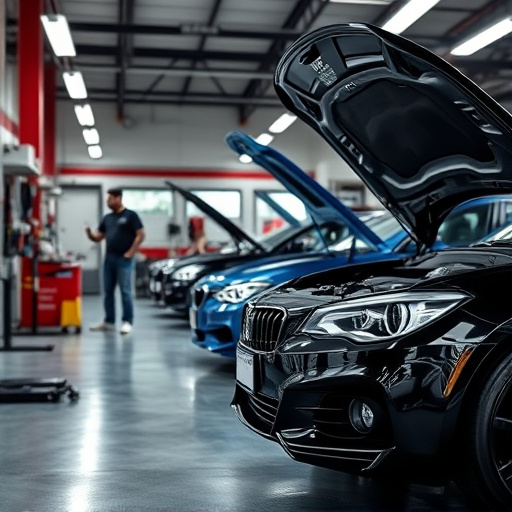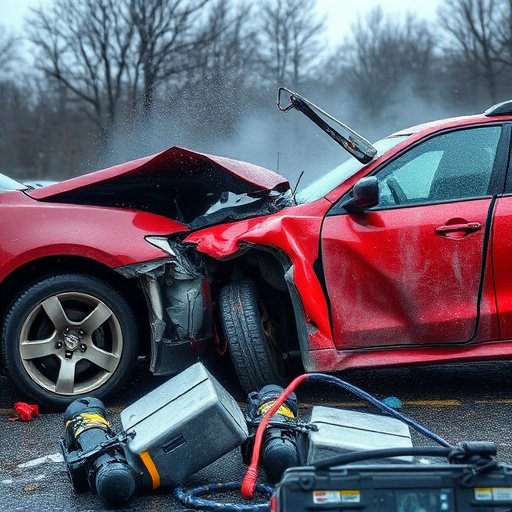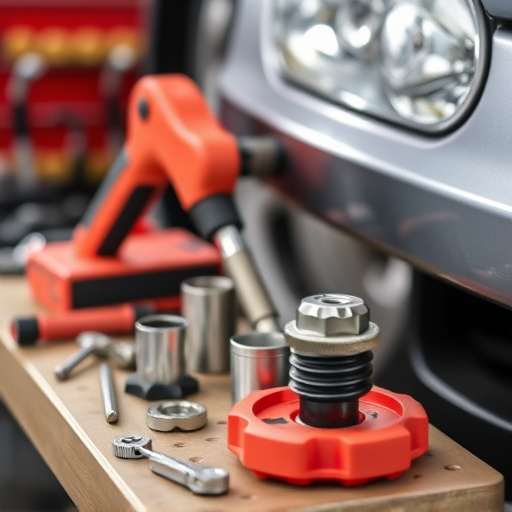In today's digital era, auto collision centers face heightened customer repair expectations from clients demanding swift, advanced, and affordable services that fit their busy lifestyles. To meet these expectations and drive business success, shops must streamline operations, adopt advanced technology, ensure transparent communication with realistic timeframes, and offer competitive pricing. Incorporating customer feedback into marketing strategies showcases successful repairs, builds trust, fosters loyalty, attracts new clients, and retains existing ones.
In today’s competitive market, understanding customer repair expectations is not just a preference but a necessity. This article delves into how modern consumers view service repairs, exploring their evolving perspectives and aspirations. We uncover the significant impact of these expectations on service delivery and quality, highlighting both challenges and opportunities for businesses. Additionally, we present strategies to leverage customer feedback as a powerful driver for continuous service improvement, ensuring long-term success in an increasingly demanding landscape.
- Understanding Customer Repair Expectations: Unveiling the Modern Consumer Perspective
- The Impact of Repair Expectations on Service Delivery and Quality
- Strategies for Leveraging Customer Feedback to Drive Continuous Improvement
Understanding Customer Repair Expectations: Unveiling the Modern Consumer Perspective
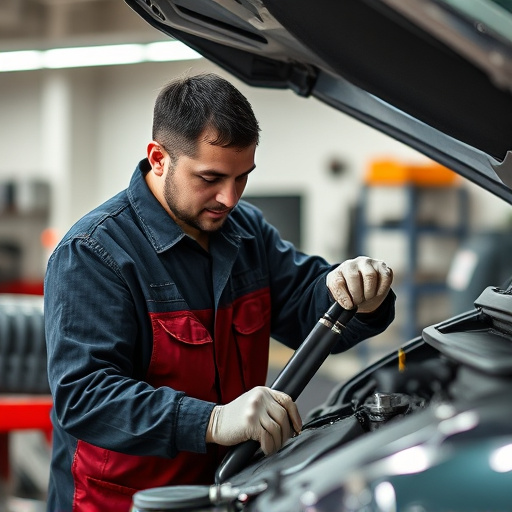
In today’s digital age, customers have come to expect nothing but exceptional service, and this is especially true in the realm of auto repair. The modern consumer has a heightened awareness of their rights and actively seeks transparent, efficient, and high-quality solutions when their vehicles require attention, whether it’s for simple dent removal or complex auto body repair. They no longer settle for mediocrity; instead, they demand seamless experiences that cater to their busy lifestyles. This shift in perspective demands that auto collision centers and repair shops adapt and evolve to meet these heightened customer repair expectations.
Understanding consumer behavior and preferences is crucial for driving continuous service improvement. Customers want their vehicles back in top condition, quickly and without hassle. They appreciate clear communication regarding the repair process, realistic timeframes, and competitive pricing. By aligning auto body repair services with these modern consumer expectations, businesses can foster customer loyalty and ensure long-term success. This involves streamlining operations, investing in advanced technology for dent removal and other repairs, and consistently delivering exceptional customer experiences.
The Impact of Repair Expectations on Service Delivery and Quality
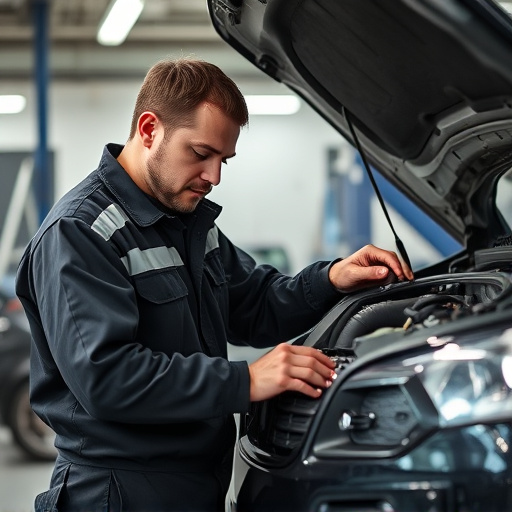
Customer repair expectations play a pivotal role in shaping the overall service delivery and quality within collision repair shops and auto body restoration centers. These expectations significantly influence how businesses operate, from the initial customer interaction to post-repair follow-ups. When customers have high expectations for their repair services, it becomes a catalyst for continuous improvement among providers.
For instance, if clients consistently anticipate swift turnaround times, state-of-the-art auto body restoration techniques, and impeccable quality checks, collision repair service providers must adapt and deliver on these promises. This drives the adoption of advanced equipment, training initiatives for staff, and the implementation of rigorous quality control measures to ensure customer satisfaction. Consequently, meeting and exceeding such expectations can foster a competitive advantage in the market, leading to business growth and enhanced brand reputation.
Strategies for Leveraging Customer Feedback to Drive Continuous Improvement
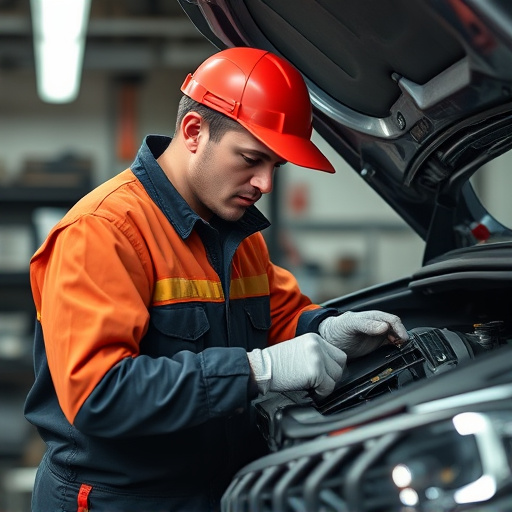
Customer feedback is a powerful tool for driving continuous service improvement in any industry, especially auto repair. By actively listening to and analyzing customer experiences, businesses can uncover valuable insights that inform strategic decisions. One effective strategy involves segmenting feedback into categories like satisfaction levels, specific pain points, and suggestions for enhancement. This allows companies to pinpoint areas needing attention, whether it’s improving communication during the repair process or enhancing the availability of parts for services like auto body repairs and frame straightening.
Additionally, incorporating customer feedback into marketing strategies can foster trust and loyalty. For instance, highlighting successful transformations from damaged vehicles to pristine ones through services such as auto glass repair demonstrates expertise and reliability. This not only attracts new customers but also reinforces the brand’s reputation among existing clients, creating a positive cycle of continuous improvement driven by meeting and exceeding customer repair expectations.
Customer repair expectations are a powerful driver for continuous service improvement. By understanding modern consumer perspectives and leveraging their feedback, businesses can enhance service delivery and quality. Recognizing and acting on these expectations creates a positive feedback loop, fostering customer satisfaction and loyalty. In today’s competitive market, this approach is not just a choice but a necessity for staying ahead.



